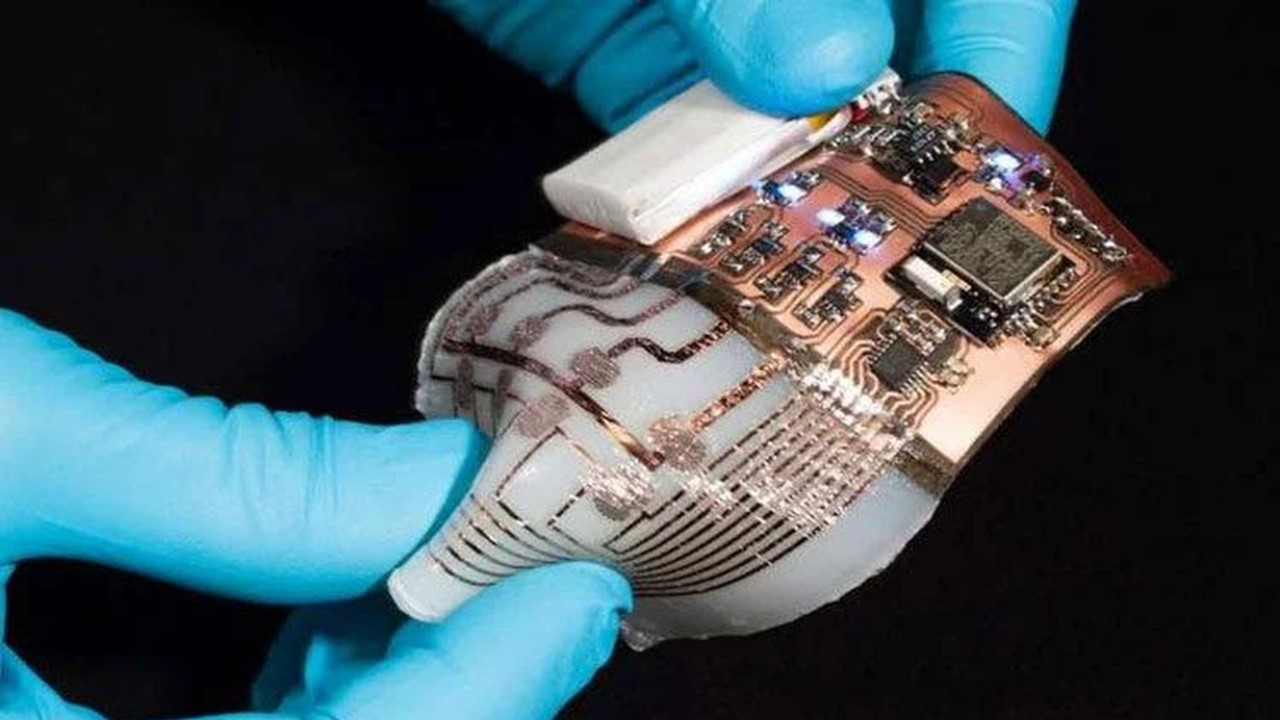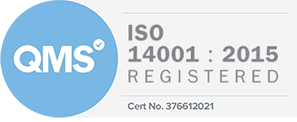Market Summary:
According to DataIntelo, the global flexible electronics market size was valued at approximately USD 24 billion in 2023 and is projected to reach over USD 86 billion by 2032, growing at a robust compound annual growth rate (CAGR) of 15% during the forecast period. This impressive growth is primarily driven by technological advancements, increasing demand for consumer electronics with enhanced functionalities, and the rising adoption of flexible electronics in various industries.
The flexible electronics market is witnessing remarkable growth as the demand for lightweight, compact, and resilient electronic devices continues to surge across diverse industries. Characterized by its use of pliable substrates like plastic, metal foil, or paper instead of traditional rigid silicon, flexible electronics enable the design of next-generation devices that are thinner, more durable, and adaptable to curved or irregular surfaces. This technological advancement is reshaping sectors ranging from consumer electronics to healthcare and automotive.
Key Drivers of Growth
- Rising Adoption of Wearables and IoT Devices:
Wearable devices such as smartwatches, fitness trackers, and health monitors benefit greatly from flexible electronics due to their need for comfort, mobility, and long-lasting performance. With the Internet of Things (IoT) becoming more embedded in daily life, flexible sensors and circuits play a crucial role in enabling smarter connectivity and real-time data tracking. - Innovations in Flexible Display Technologies:
Major electronics manufacturers are investing heavily in foldable smartphones, rollable TVs, and e-paper displays. Flexible OLEDs (organic light-emitting diodes) have gained momentum in recent years, offering vibrant displays that can bend or fold without loss of functionality. - Advancements in Printed Electronics:
The rise of printed electronics—where electronic circuits are printed onto substrates using conductive inks—is contributing significantly to cost-effective, scalable production of flexible components, particularly for applications in packaging, solar cells, and medical diagnostics. - Growing Demand in Healthcare Applications:
Flexible biosensors, skin patches, and implantable devices are transforming patient care by enabling continuous monitoring and less invasive diagnostics. These flexible systems are crucial for next-generation health solutions like electronic skin (e-skin) and smart bandages.
Applications Across Industries
- Consumer Electronics: Foldable smartphones, wearable gadgets, and flexible displays are redefining the user experience and product design possibilities.
- Healthcare: Integration of flexible circuits into body-worn devices and smart implants is improving health tracking, remote diagnostics, and therapeutic treatments.
- Automotive: In-car displays, adaptive lighting, and interior design elements are leveraging flexible electronics for enhanced ergonomics and innovation.
- Energy: Flexible photovoltaic cells and energy-harvesting devices offer lightweight and efficient power sources, especially in portable or wearable form factors.
- Military and Aerospace: Rugged, lightweight, and space-saving flexible electronics are finding increasing use in defense communications and avionics systems.
Challenges and Future Outlook
Despite the promising growth trajectory, the flexible electronics market faces several challenges, including high production costs, durability concerns under extreme environmental conditions, and integration complexity with traditional electronic systems. However, continuous R&D and collaboration between material scientists and electronics engineers are paving the way for overcoming these hurdles.
Looking ahead, the convergence of artificial intelligence, nanotechnology, and flexible electronics is likely to create unprecedented opportunities in fields such as smart cities, personalized medicine, and ambient computing. As the ecosystem matures, flexible electronics will become a cornerstone of innovation in the digital age.
Competitive Landscape
Several key players dominate the flexible electronics market, including:
- Samsung Electronics Co., Ltd.
- LG Display Co., Ltd.
- E Ink Holdings Inc.
- AU Optronics Corp.
- BOE Technology Group Co., Ltd.
- PragmatIC Semiconductor Ltd.
- FlexEnable Ltd.
- Royole Corporation
- Xerox Corporation
- Kateeva, Inc.
- Plastic Logic Germany GmbH
Source: https://dataintelo.com/report/global-flexible-electronics-market










